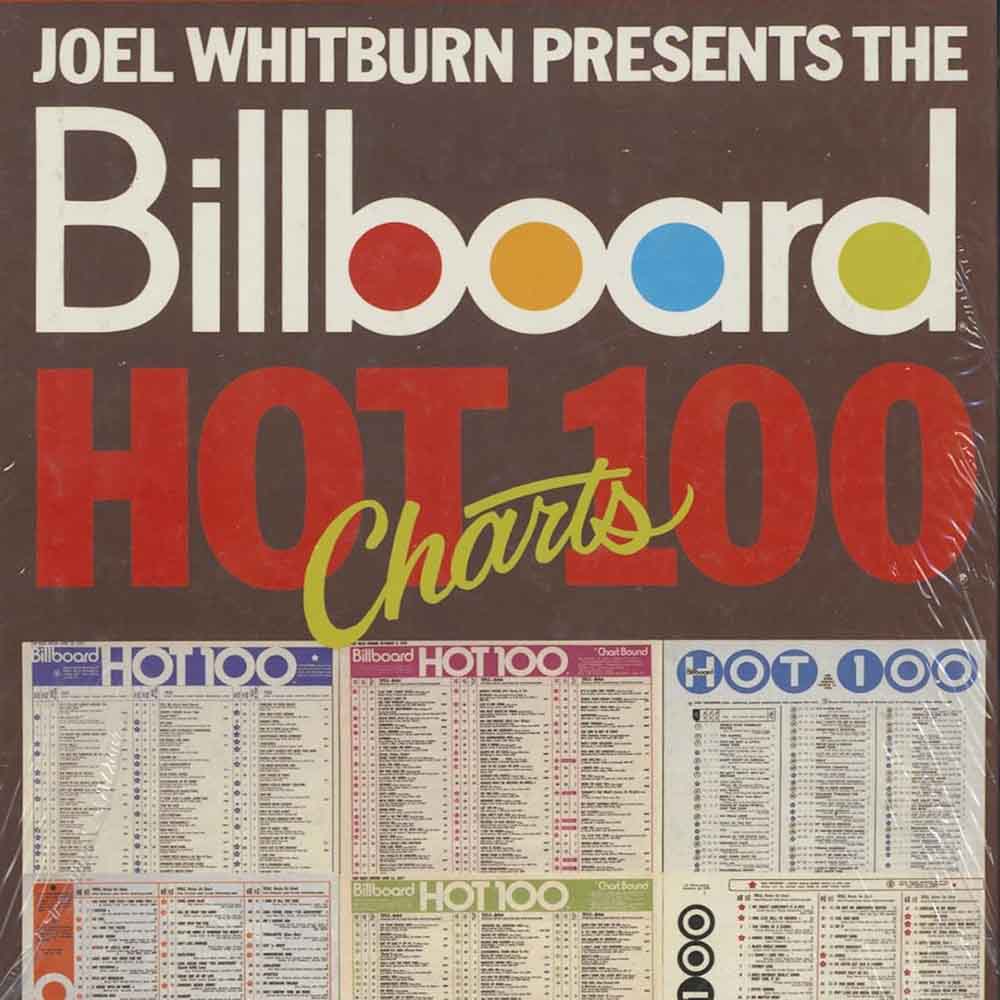The “top ten” list has become a ubiquitous feature of pop culture, influencing everything from late-night television to music charts. One of the most famous examples of the “top ten” list in pop culture is David Letterman’s “Top Ten List” segment, which aired regularly on his late-night talk shows, first on NBC’s “Late Night with David Letterman” and later on CBS’s “Late Show with David Letterman.” Letterman’s lists covered a wide range of humorous and satirical topics, and the segment became a signature element of his shows.
which aired regularly on his late-night talk shows, first on NBC’s “Late Night with David Letterman” and later on CBS’s “Late Show with David Letterman.” Letterman’s lists covered a wide range of humorous and satirical topics, and the segment became a signature element of his shows.
While David Letterman popularized the “top ten” list on television, the concept of ranking items in a list format has been around for much longer. One of the earliest examples of this can be seen in the Billboard charts, which have been ranking the top songs in the United States since the 1940s. The Billboard Hot 100, which ranks the top 100 songs based on sales and radio play, is one of the most well-known music charts in the world and has had a significant impact on the music industry.
The Billboard Hot 100, which ranks the top 100 songs based on sales and radio play, is one of the most well-known music charts in the world and has had a significant impact on the music industry.
In addition to music charts, the idea of ranking items in a list format can also be seen in other forms of media and entertainment. For example, magazines often publish lists ranking the top movies, books, or celebrities of the year. These lists can generate buzz and discussion among fans and are often eagerly anticipated by readers.
Overall, the “top ten” list has become a popular and enduring format in pop culture, thanks in part to the influence of figures like David Letterman and the widespread appeal of rankings and countdowns in various forms of media. Whether used for entertainment, information, or discussion, the “top ten” list continues to be a staple of pop culture today.


